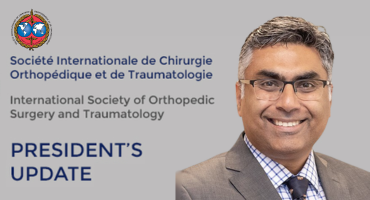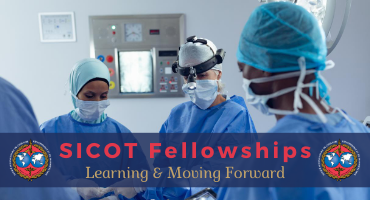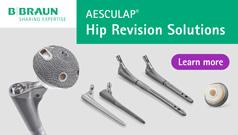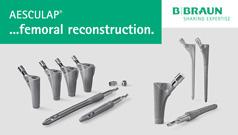Efficacy of focused low intensity pulsed ultrasound in reducing lower-extremity swelling and pain after total knee arthroplasty: a randomized study
Int Orthop. 2025 Jul 5. doi: 10.1007/s00264-025-06601-5. Online ahead of print.
ABSTRACT
PURPOSE: Low-intensity pulsed ultrasound (LIPUS) is a non-invasive physiotherapy that is often utilized to treat swelling and pain caused by musculoskeletal trauma. We aimed to evaluate the efficacy and safety of LIPUS in reducing lower-extremity swelling and pain following total knee arthroplasty (TKA).
METHODS: This randomized, controlled study evaluated 116 patients undergoing primary TKA, randomly assigning them to either an LIPUS group receiving active LIPUS therapy (0.8 MHz, 1.35 W) or a control group receiving sham treatment. The LIPUS intervention was administered to the operated knee for 25-minute sessions, three times daily for three consecutive days, beginning four hours postoperatively. The primary study outcome measured lower extremity swelling during the first 14 postoperative days, while secondary outcomes included knee pain (assessed by visual analogue scale ranging from 0 to 10 points), Hospital for Special Surgery (HSS) score, range of knee motion (ROM), serum levels of C-reactive protein (CRP), interleukin-6 (IL-6), myoglobin, and complications.
RESULTS: The LIPUS (n = 55) and control (n = 56) groups showed similar baseline characteristics. LIPUS treatment significantly improved clinical outcomes compared to sham treatment, reducing calf swelling by 2.37-2.74%, thigh swelling by 2.76-4.81%, and patellar swelling by 2.30-3.28% (all p < 0.001). Patients receiving LIPUS also reported less walking pain (1.16-2.48 point reduction, p < 0.001) and showed lower inflammatory markers (CRP reduction of 2.53-13.85 mg/L, p = 0.047; IL-6 reduction of 3.64-17.27 pg/mL, p = 0.041). However, the treatment did not significantly affect resting pain, HSS scores, ROM, serum myoglobin levels, or complication rates.
CONCLUSION: This study found that short-term LIPUS use markedly decreased lower-extremity swelling and walking pain post-TKA, with no major safety concerns. However, future studies are needed to determine the optimal protocol and long-term safety of LIPUS in TKA patients.
PMID:40616657 | DOI:10.1007/s00264-025-06601-5

















